Understanding the right amount of clearance for a trailer holding tank is of paramount importance for those involved in manufacturing, owning, or operating semi-trailers. This guide will walk you through the essentials, detailing clearance requirements, potential issues arising from insufficient clearance, and considerations for optimal design.
What is a Trailer Holding Tank?
A trailer holding tank is a specialized tank designed for transporting and storing liquids, often seen in combination with semi-trailers used for waste transport, agricultural applications, or fluid logistics. Ensuring the proper clearance for these tanks is crucial for the following reasons:
- Safety: Adequate space minimizes the risk of spills or leaks.
- Efficiency: Proper clearance facilitates better vehicle operation and management.
- Compliance: Adhering to regulations often mandating specific clearance standards protects manufacturers from legal penalties.
Why Clearance Matters
The amount of clearance for a trailer holding tank is influenced by several factors, including:
- Tank Size: Larger tanks often require more clearance to accommodate potential expansion or movement of fluids.
- Trailer Type: Different types of trailers have unique clearance standards due to their design and intended use.
- Regional Regulations: Compliance with local, state, and federal guidelines can dictate specific clearance dimensions.
| Factor | Impact on Clearance |
|---|---|
| Tank Size | Larger tanks necessitate greater clearance. |
| Trailer Type | Design influences overall space requirements. |
| Regulatory Needs | Compliance can increase necessary space. |
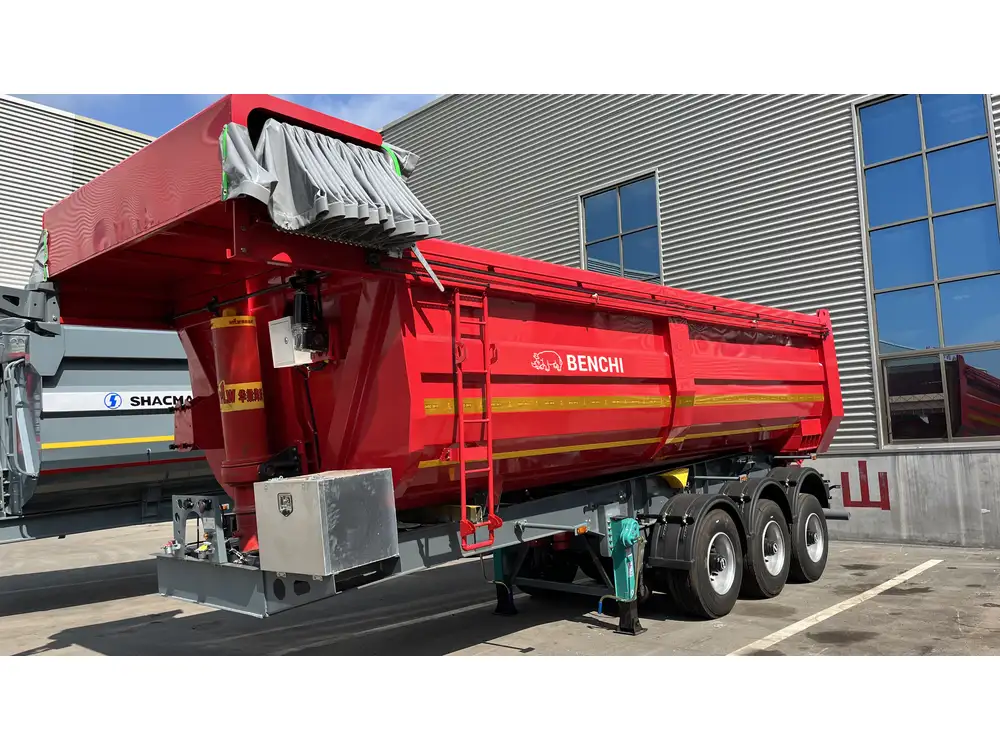
Standard Clearance Measurements
General Guidelines
The general recommendation for clearance beneath a trailer holding tank typically ranges from 12 to 18 inches. This measurement allows for adequate space for:
- Suspension Travel: Necessary for the smooth functioning of the trailer under load.
- Drainage Issues: Prevents overflow by not allowing the tank to drag the ground.
Trailer Specifications
Understanding the specific design of the semi-trailer can modify these clearance requirements. For various types of trailers, the following considerations apply:
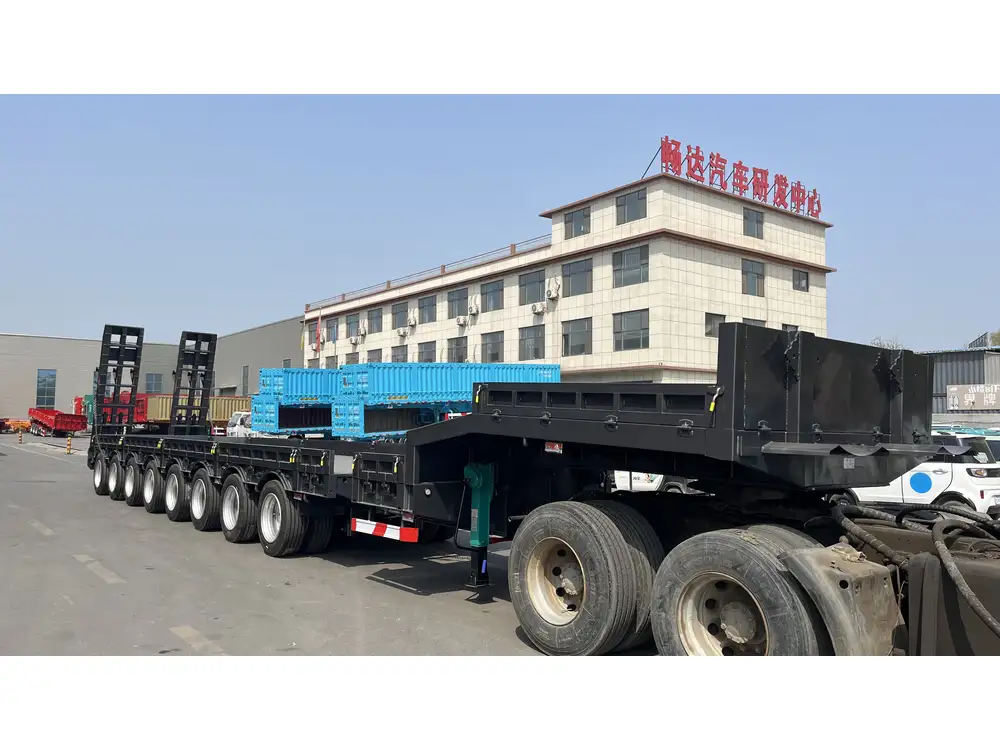
Flatbed Trailers
Flatbed trailers require a minimum of 12 inches of clearance due to their flat design, which often incorporates additional weight distribution challenges.
Tank Trailers
For tank trailers, a clearance of between 15 to 18 inches is ideal, accounting for the weight of liquids during transit which can shift based on load distribution.
Dump Trailers
Dump trailers, which may experience significant articulation during operation, should maintain a clearance of 18 inches or more to ensure the tank operates effectively without hindering trailer movement.
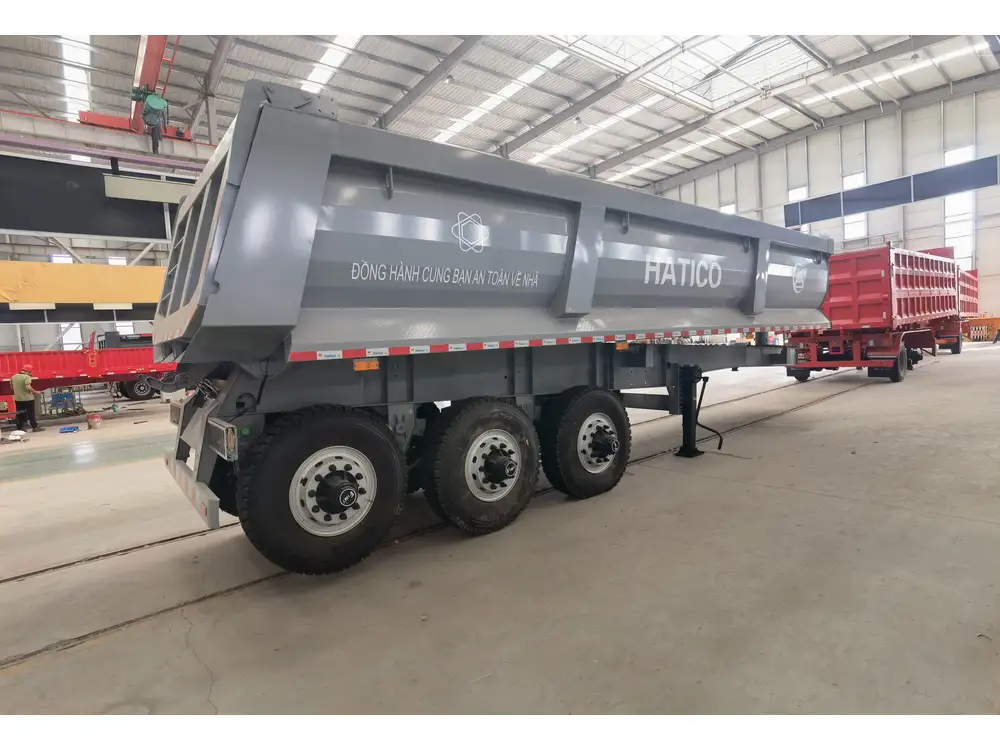
Problems Caused by Insufficient Clearance
Operational Risks
Damage to the Tank: Insufficient clearance can lead to scraping or damage to the bottom of the tank, resulting in leaks or contamination.
Vehicle Instability: Poor clearance can affect the trailer’s stability during transport, leading to hazardous situations.
Preventative Maintenance: Lack of adequate space makes it challenging to perform necessary maintenance, increasing repair costs and downtimes.
Compliance Issues
Regulatory Violations: Falling short of mandated clearance standards can incur significant fines.
Insurance Complications: Non-compliance with regulations may impact the insurability of both the trailer and its operator.
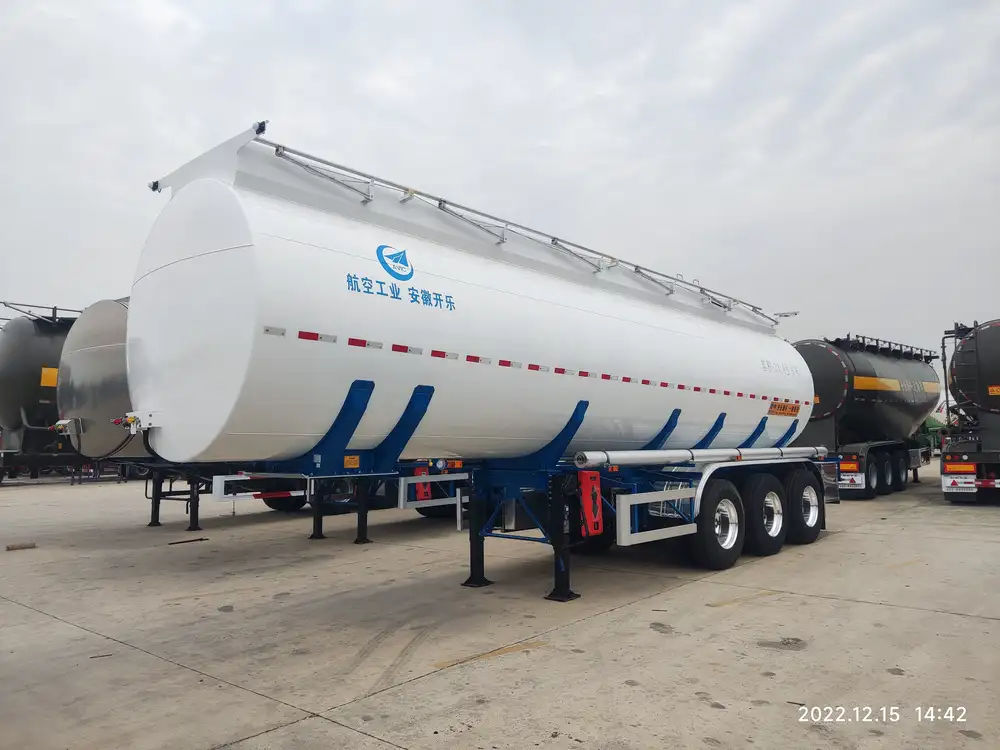
Factors Influencing Clearance Requirements
Suspension Systems
The type of suspension system employed in the semi-trailer directly affects the required clearance. Systems that allow for more extensive travel may need greater clearance to avoid any contact with the holding tank.
Comparison of Suspension Systems
| Suspension Type | Characteristics | Impact on Clearance |
|---|---|---|
| Leaf Spring | Rigid, simpler design | Less clearance needed |
| Air Suspension | Provides adaptive ride height | Greater clearance generally favored |
| Independent | Individual control over each wheel | Requires tailored clearance solutions |
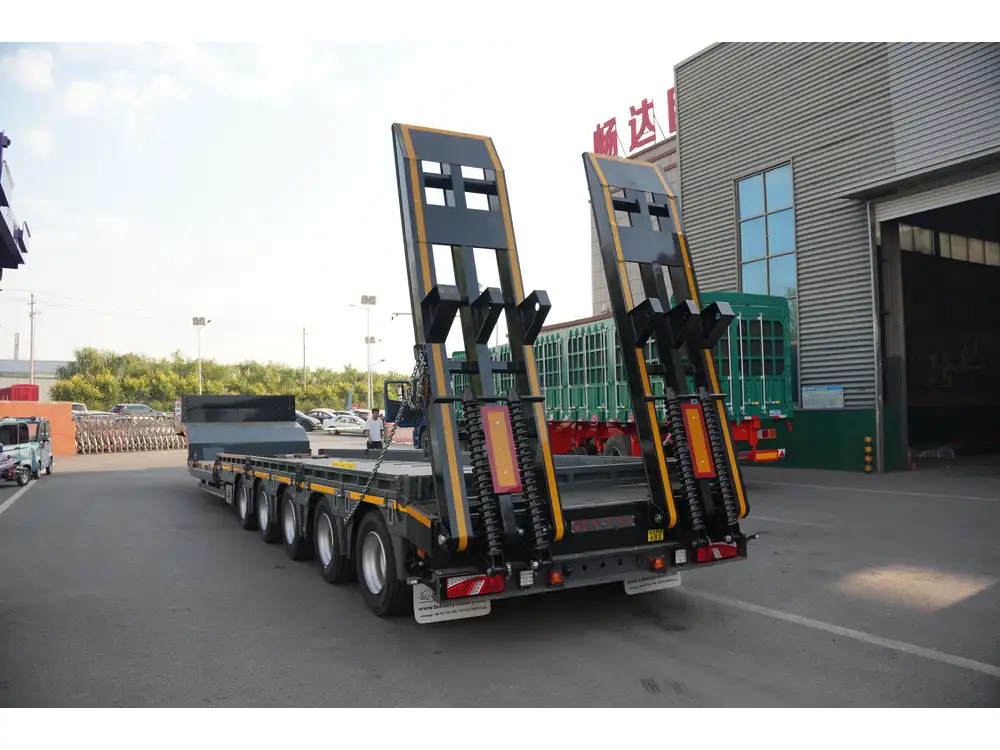
Load Considerations
Weight distribution is crucial when determining the necessary clearance. It’s vital to understand how different loads may shift and where potential low points might be while in motion.
Load Weight Classifications
| Load Type | Average Weight Range | Suggested Clearance |
|---|---|---|
| Light Cargo | Up to 5,000 lbs | 12 inches |
| Medium Cargo | 5,000 – 15,000 lbs | 15 inches |
| Heavy Cargo | 15,000 lbs and above | 18 inches |
Designing for Optimal Clearance
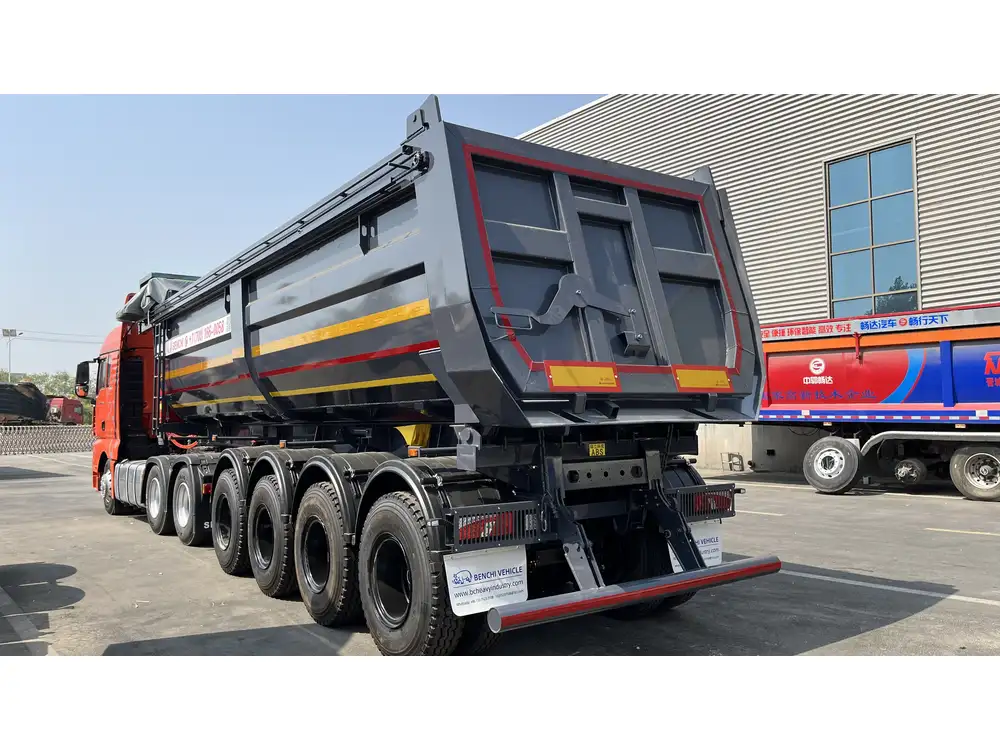
Material Selection
Choosing suitable materials for both the holding tank and the trailer frame can influence the overall weight, therefore affecting the necessary clearance. Lighter materials can allow for more considerable stock without necessitating additional clearance.
Custom Modifications
Customizing the trailer frame can optimize clearance further. Adjustments such as extensions or specific suspension adjustments can improve clearance efficiency and overall truck performance.
Engineered Solutions
Employing engineered solutions like adjustable air-ride systems can offer flexibility in managing clearances depending on load or travel conditions. These systems can automatically adjust the height of the suspension based on current weight characteristics.
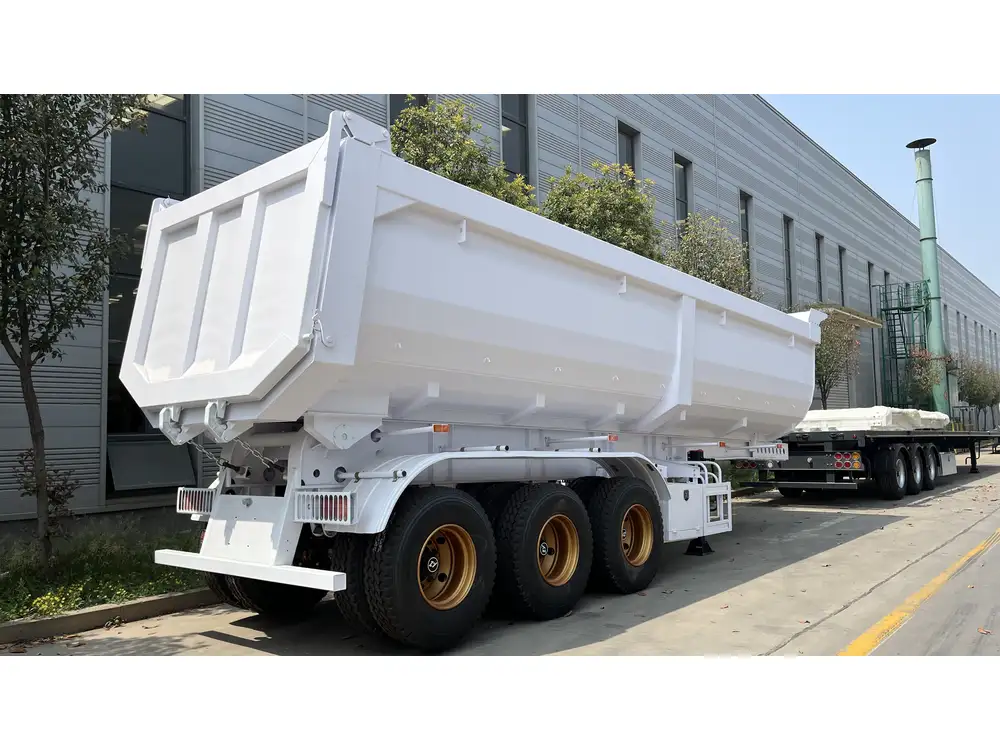
Maintenance and Inspection: Ensuring Adequate Clearance
Routine Checks
Regular inspections should encompass checking the clearance heights to ensure they comply with both regulation and performance standards. Here are some critical tasks:
- Visual Inspections: Regularly assess the clearance during routine maintenance checks.
- Pressure Tests: For tanks, ensure that there aren’t any degradation issues that might impact clearance through tank low points.
- Compliance Audits: Conduct consistent audits to ensure that the trailer remains within regulatory specifications.
| Inspection Task | Frequency | Implication |
|---|---|---|
| Visual Clearance Checks | Every 1,000 miles | Identifies potential issues early |
| Pressure Testing | Annually | Ensures tank integrity |
| Compliance Review | Semi-Annually | Stays current with regulatory standards |
Troubleshooting Low Clearance Issues
If you encounter low clearance issues, consider these corrective measures:
- Adjust Load Distribution: Ensure that the weight is evenly spread across the tank.
- Height Adjustment: Modify the suspension if applicable.
- Tank Replacement: If necessary, consider an alternative tank that meets required clearance.

Conclusion: Best Practices for Trailer Holding Tank Clearance
The necessity for accurate clearance concerning trailer holding tanks cannot be overstated. When designing, maintaining, or operating trailers, keep these best practices in mind:
- Regular Inspections: Conduct regular and thorough inspections of both tanks and trailer clearances.
- Compliance Adherence: Always stay informed about local and national regulations concerning clearance standards.
- Adaptive Design Solutions: Utilize flexible designs and materials to maintain and enhance clearance.
The careful consideration of clearance for trailer holding tanks is critical not only for operational efficiency and safety but also for regulatory compliance and cost management. As the manufactured and operational landscapes evolve, remaining vigilant and informed will pave the road toward excellence in semi-trailer management.
By adhering to these guidelines, manufacturers and operators alike can ensure optimal performance and longevity of their trailer holding tanks, leading them to increased reliability, efficiency, and profitability in their operations.



